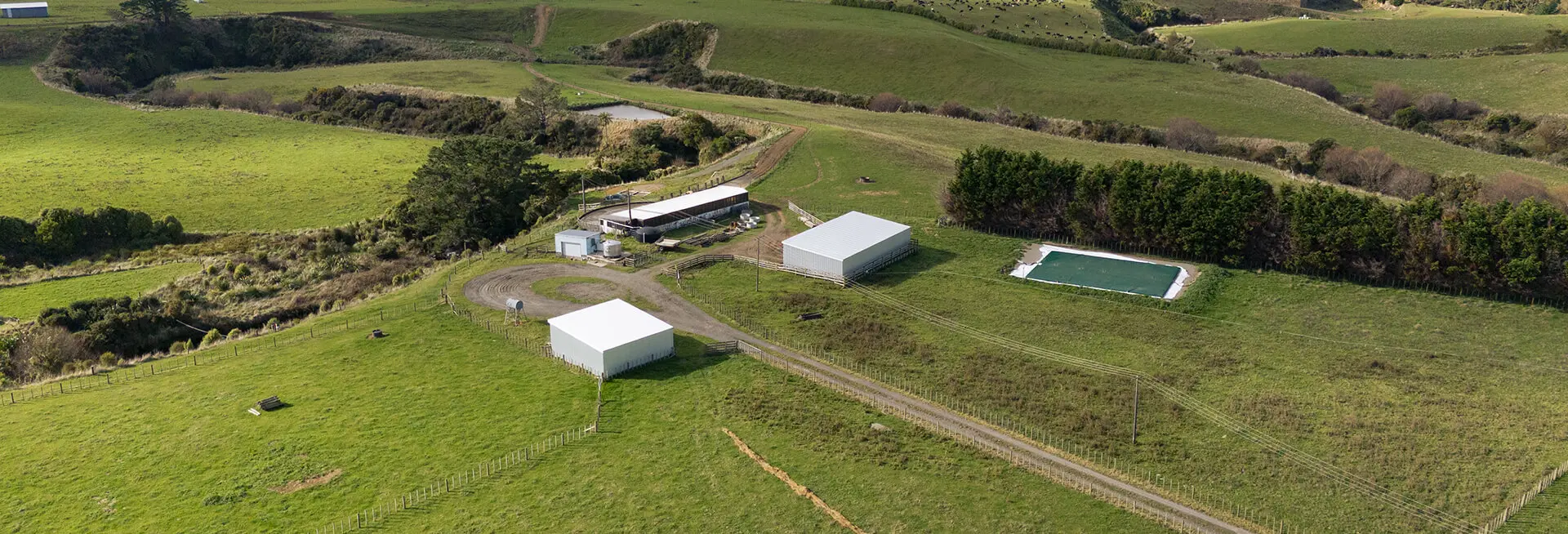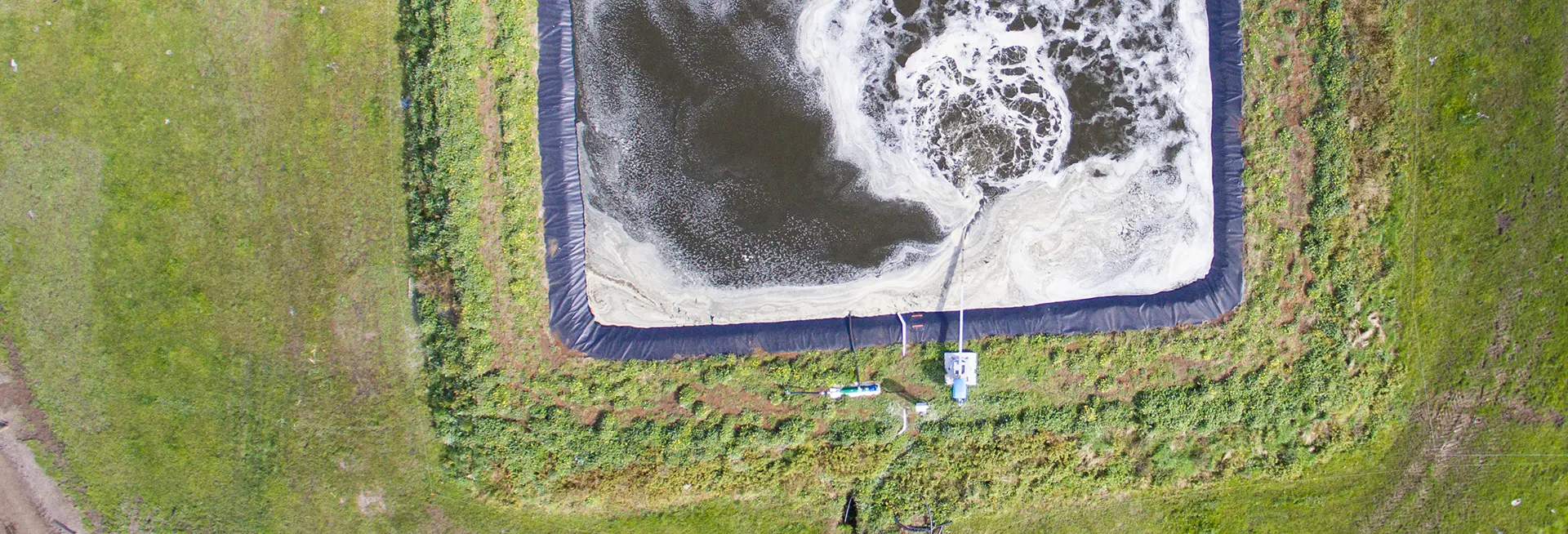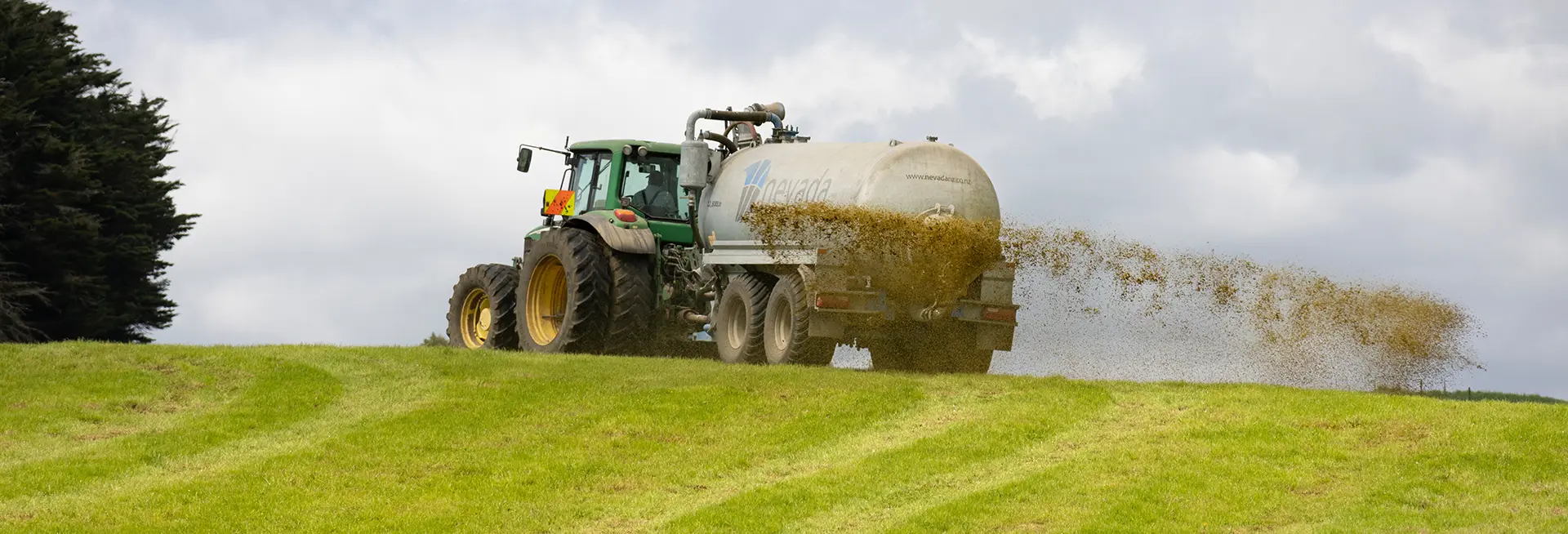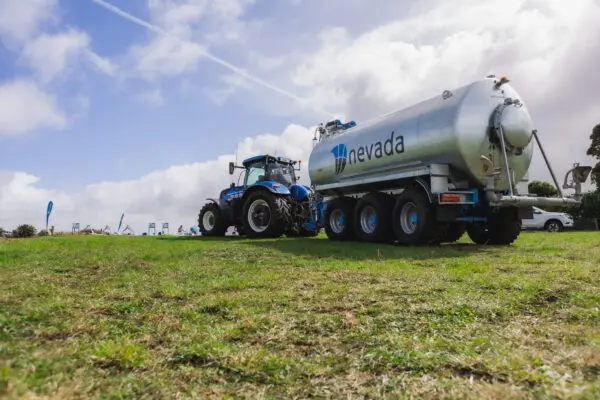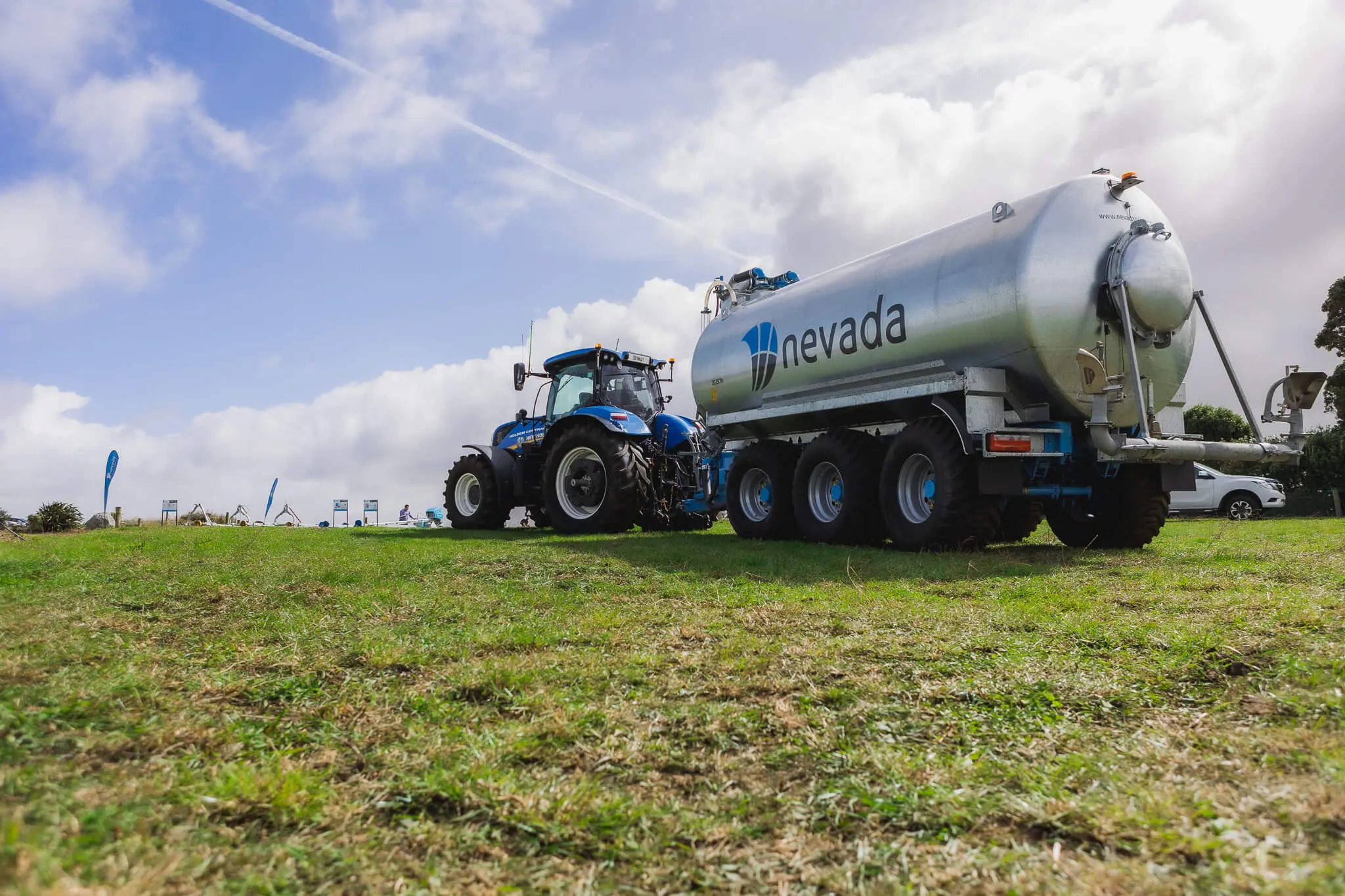On-Road?
If you’re thinking of carting it on the road, there’s a few things to be aware of:
- Weight per axle – New Zealand road rules limit the weight per axle that can be carried. This makes the size of the axle critical and can often mean you’ll be better off with a tandem or tridem slurry tanker.
- Braking capacity is critical – you’ll want to make sure the slurry tanker has good brakes in case of emergency braking.
- Left-side driving configuration – check for things like side mirrors and visibility for left-side driving on New Zealand roads.
Give Yourself Room For Growth
When following up with farmers a few months after getting their slurry tanker, we hear they love the tanker, but wish they’d gone the next size up. While the size they bought is perfectly adequate, it’s a case of them finding the slurry tanker provides more benefits than they’d originally thought, and they want to be using it more – hence the next size up would be handy.
With a trend for farmers to have bigger tractors and wider gates, we’d recommend going for the biggest slurry tanker your tractor can handle – you’ll find there’s less downtime and you’re more efficient. Check out Paul’s advice in this recent follow up success story.
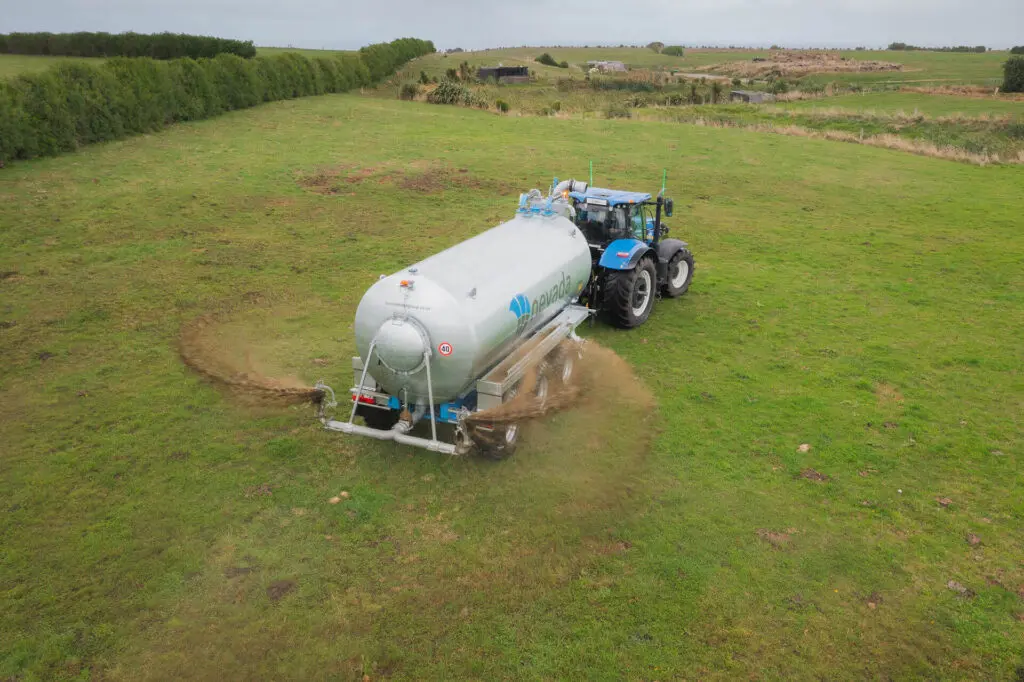
Hilly Ground
If you’ve got hilly paddocks, you’re likely to find more stability with more wheels. So for smaller slurry tankers look for a tandem axle over a single axle, and larger tankers you’ll be better with a tridem axle.
ALWAYS make sure the slurry tanker size is suitable for your tractor size, and where possible ask for a test drive. Makes and models of slurry tanker will perform differently.
You’ll also want to ensure your slurry tanker has brakes on all wheels for safety.
Overall Tare Weight
There’s only so much weight your tractor can pull, and you want as much as possible of that to be the slurry rather than the tanker in order to increase your payload. Not only that, but added weight increases compaction and loading per tyre.
The spreading mechanism can have a big impact on tare weight. Heavy applicators such as dropper booms, trailing shoes or disc injector units are not recommended unless necessary for specific situations. Lightweight applicators that still provide control over application and low volitisation such as the Nevada RainWave™ are a much better alternative.
Other things to look for would be in the engineering design. Good quality slurry tankers will have weight that comes from a heavy-duty chassis, or brakes, which are a good thing. What to look out for is the quality of the steel and how the tanker is reinforced. High quality steel is usually lighter weight, but strong. Reinforcing should come from good design and engineering rather than adding additional parts.
Economic Size Benefits
Once you get to a certain size slurry tanker it can often be more economic to have more wheels. For example, an 18,000L slurry tanker is economical as a tridem axle than a tandem. This is because the weight is spread over more axles to provide more stability at little to no extra cost. The same size on a tandem axle would likely require larger wheels to account for the weight which would add cost.
2” Makes A Big Difference
If you’re looking for fast filling, look for an 8” suction pipe. The difference between a 6” and 8” doesn’t sound like much, but it results in twice the flow for a much much faster fill.
